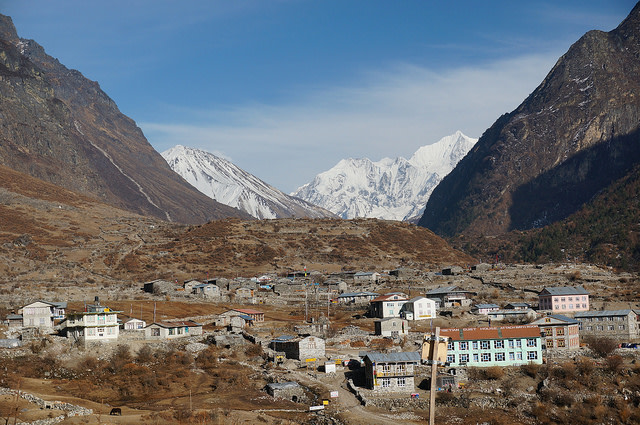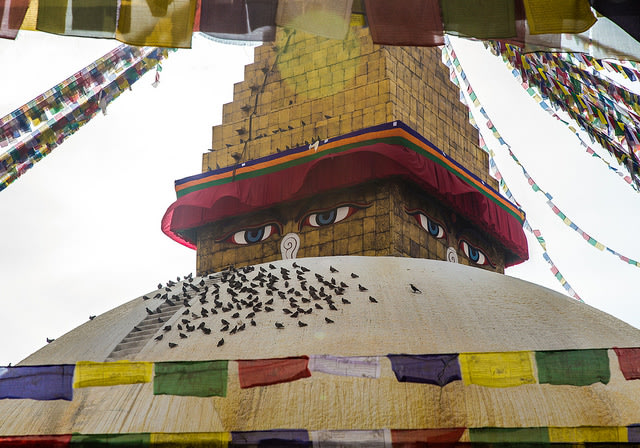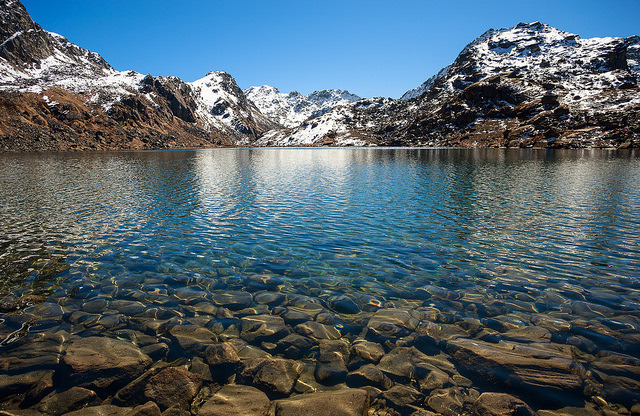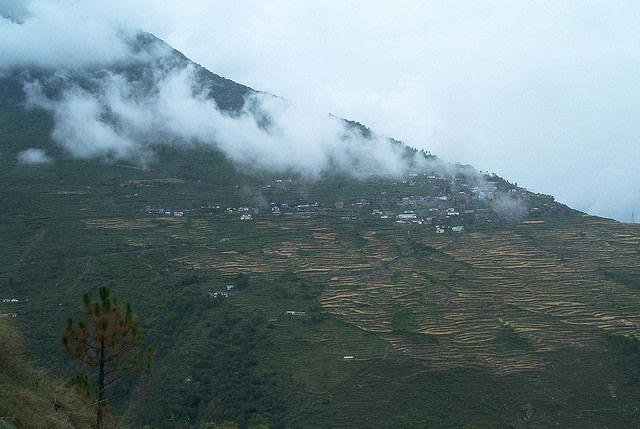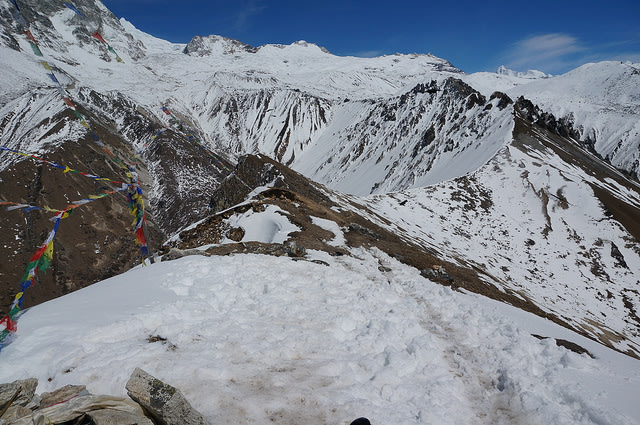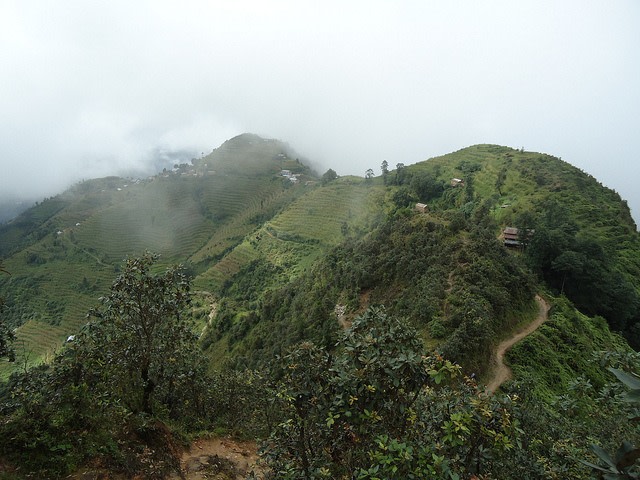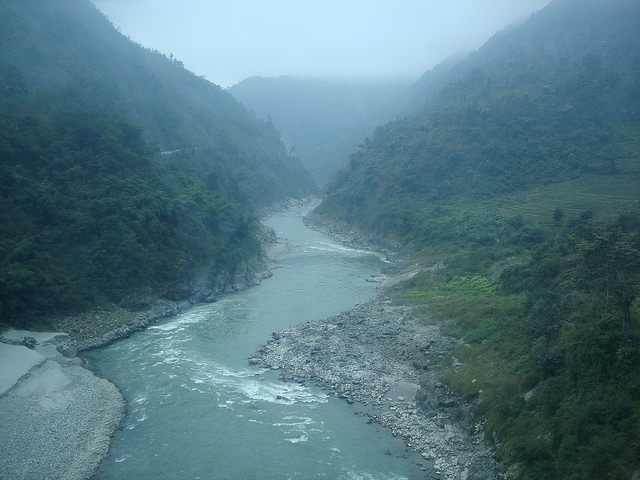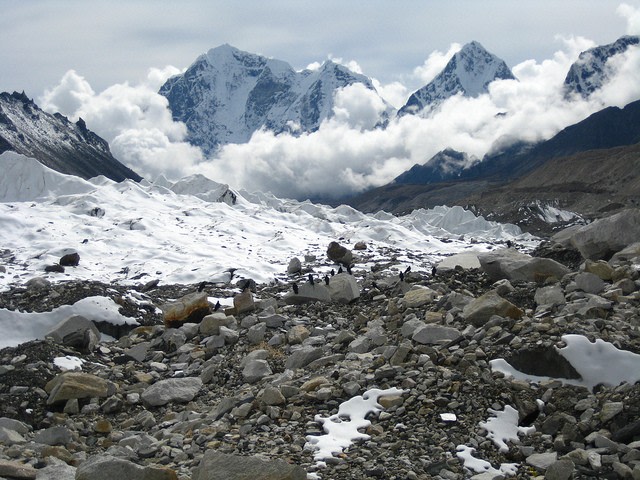| 7 mins read
Langtang has oft been described as a majestic, sacred paradise on earth. Seated in the Rasuwa District just south of Nepal’s border with Tibet, China, and north of the capital city of Kathmandu, this vast region offers a stunning combination of some of the world’s highest snowy peaks, dramatic glaciers, fauna and flora-filled valleys, pilgrimage sites, and ancient cultures. And more famously, it is also home to Langtang National Park, a 710 square-mile park created in 1976 to conserve the natural beauty and tradition of mid-northern Nepal.
Location, Location, Location
Nepal is known around the globe as a mountain climber’s mecca, a trekker’s paradise, and a pilgrim’s sacred ground. The Langtang region, though much less frequented from a tourism standpoint than say, Mt. Everest or the Annapurna region, is easily accessible from Kathmandu International Airport. Then, it is only a few hours by jeep or bus, even by bike, to the towns of Dhunche or Syabrubesi, where lodging, hot showers, Western-style toilets, food and supplies are available before visitors, trekkers and pilgrims venture on foot into the park itself at Langtang Village, altitude 3,500 meters. The currency to have on hand is the Nepalese Rupee.
Local Guides
A majority of travelers hire experienced Langtang tour guides to accompany them along the region’s mountainous paths. Mainly of Sherpa and Tamang culture, these friendly guides can be invaluable in their assistance with lodging, supplies, directions, unforeseen weather changes and medical needs.
Basic Lodgings, Abundant Beauty
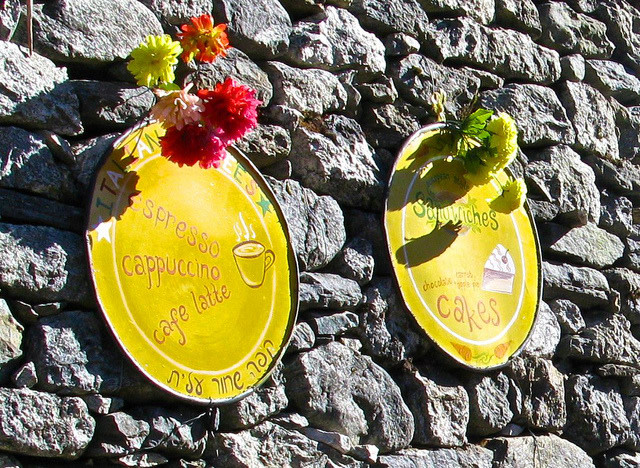
Weather in Langtang
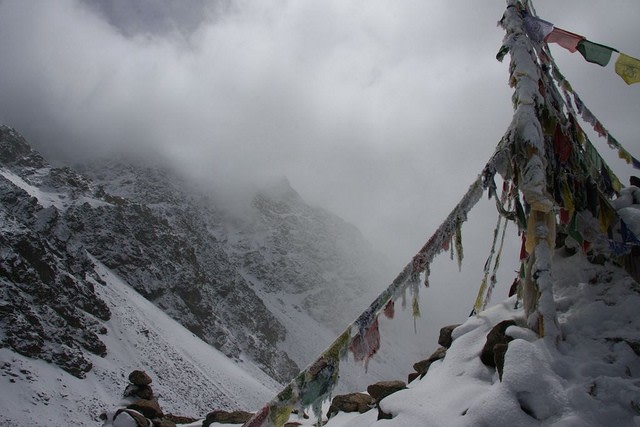
Things to Do
The most well-known pilgrimage site in Nepal is easily Gosainkunda, a pristine, alpine lake often referred to as the “frozen lake” for its icy cover. According to Hindu mythology, the holy lake of Gosainkunda is the creation of Lord Shiva’s Trishul (three-pointed weapon). Hence the lake is also a holy pilgrimage site for Hindus who usually make the trip in August for Janai Purnima, also known as Raksha Bandhan, during the full moon.
The trek to Gosainkunda, which sits at an elevation of 4,380 meters/14370 feet, takes travelers around two to three days from Dhunche. Visitors need only be at a moderate to good fitness level to make the climb, and should prepare for blazing sun at the higher altitudes. Along the moderate hike, trekkers can look forward to visual treats of breathtaking waterfalls and rivers, jungle terrain and glassy lakes. Rhododendrons in bright colors grow throughout the area, and in spring visitors enjoy a visual bouquet of red, pink and white blooms. For the best view of Gosainkunda and its surroundings, be there at sunrise.
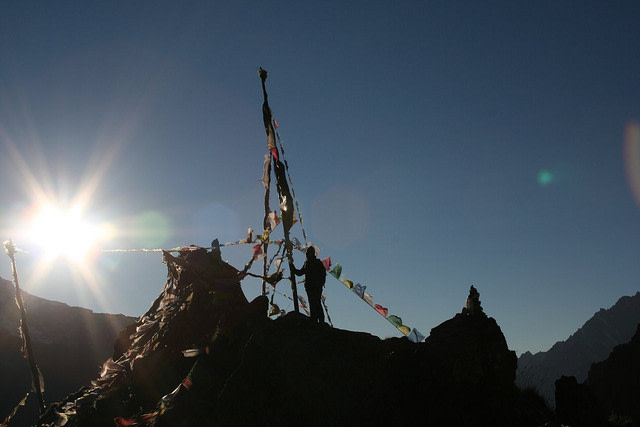
Kyanjin Ri, with a peak of 4,779 meters provides trekkers magnificent views of the Langtang Lirung peak and glacier, as well as the Yala Peak. This is a steep trek and its intense elevation may require more time to acclimatize.
The Sherpa people consider the Helambu Valley sacred land. Combining Hindu and Buddhist culture, this beautiful region contains quiet villages, diverse wildlife and deeply traditional living and is a must-see in the Langtang region. A sojourn through Helambu Valley can be considered on the way to the peaks of Langtang.
The Trishuli River runs along the eastern border of the Langtang region. Just a three-hour drive from Kathmandu, the Trishuli River offers the perfect opportunity for adventurous travelers to try a Class III to Class IV+ River rafting trip, depending on the time of year.
A Few Words of Wisdom
Here are the DO’s
DO hydrate with water before traveling to Nepal and while there. Take altitude sickness seriously and allow time to acclimate. Some of the climbs in Langtang National Park take trekkers to higher elevations quickly. Acute Mountain Sickness (AMS) can end a trip.
DO drink filtered water while trekking, or carry chlorine tablets to purify water. Mineral water is also available. Avoid plastic bottles or keep them to a minimum, since there is no way to dispose of them while in the park.
DO bring jerky if meat is desired on the trip. Most meals in this region are vegetarian, largely consisting of, rice, noodles and soups. Some Western snacks, coffee and sodas are available however.
DO take time to look for wildlife in the Langtang region. Endangered red pandas may be found in the Ghoda Tabela Forest, while screeching Langur monkeys climb amongst the trees. The area hosts yaks, wild boars, Himalayan black bears, and varieties of birds. Impeyan Pheasant, the Nepalese national bird, roam here.
DO bring reading materials for long nights in cold, small lodgings lacking electricity. Bring a pen and travel diary, as well, or a deck of cards.
DO bring enough money for food, lodging and tips; tipping is a common practice in Nepal. Prices for basic necessities can get quite high as the altitude increases.
And there are the Don’ts
DON’T come to the Langtang region before April if flora is on the must-see list. Colder weather may keep flowers away until this time.
DON’T trek into Langtang National Park without proper preparation. Signage is scarce, and inexperienced trekkers may put themselves in extreme danger. Several hours of walking each day is common.
DON’T forget to bring health insurance documentation to Nepal, just in case something unexpected happens.
Final Words of Advice
Traveling light makes sense, but travelers also need to prepare for the challenges of a trip to Nepal. Be sure to pack sun block, hats, rain jackets, cameras, warm clothes (layers are necessary in higher altitudes with freezing temperatures at night), plug adaptors (can be purchased in Kathmandu), sleeping bags, and binoculars.
Adventure seekers, lovers of nature and culture, and spiritual travelers will find certainly discover something to love about the Langtang region of Nepal, a road less traveled in the Himalayan Mountains.
Image Details and Licenses: https://flic.kr/p/5gpHEp (Dhilung Kirat, CC BY 2.0), https://flic.kr/p/m73VLn (Andrew and Annemarie, CC BY-SA 2.0), https://flic.kr/p/mgawvp (Erik Törner, CC BY-NC-SA 2.0), https://flic.kr/p/dqRPfr (Scott Mattoon, CC BY 2.0), https://flic.kr/p/jbPvC2 (Manuel Bigot, CC BY-NC-ND 2.0), https://flic.kr/p/j5ycLQ(Funky Buddha, CC BY-NC-SA 2.0), https://flic.kr/p/yRoYZ (Bob Witlox, CC BY-NC-ND 2.0), https://flic.kr/p/vg11w (Thomas R, CC BY-NC-SA 2.0), https://flic.kr/p/m7xF8K (Andrew and Annemarie, CC BY-SA 2.0), https://flic.kr/p/8w3aVC (Felix Dance, CC BY 2.0), https://flic.kr/p/dvsZUV (Deepak Adhikari, CC BY-NC-SA 2.0), https://flic.kr/p/hPWRDW (NepalGateway Trekking, CC BY-NC-SA 2.0)


